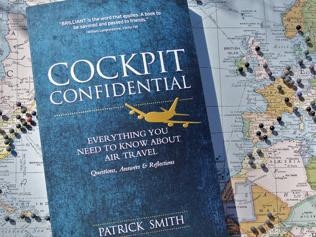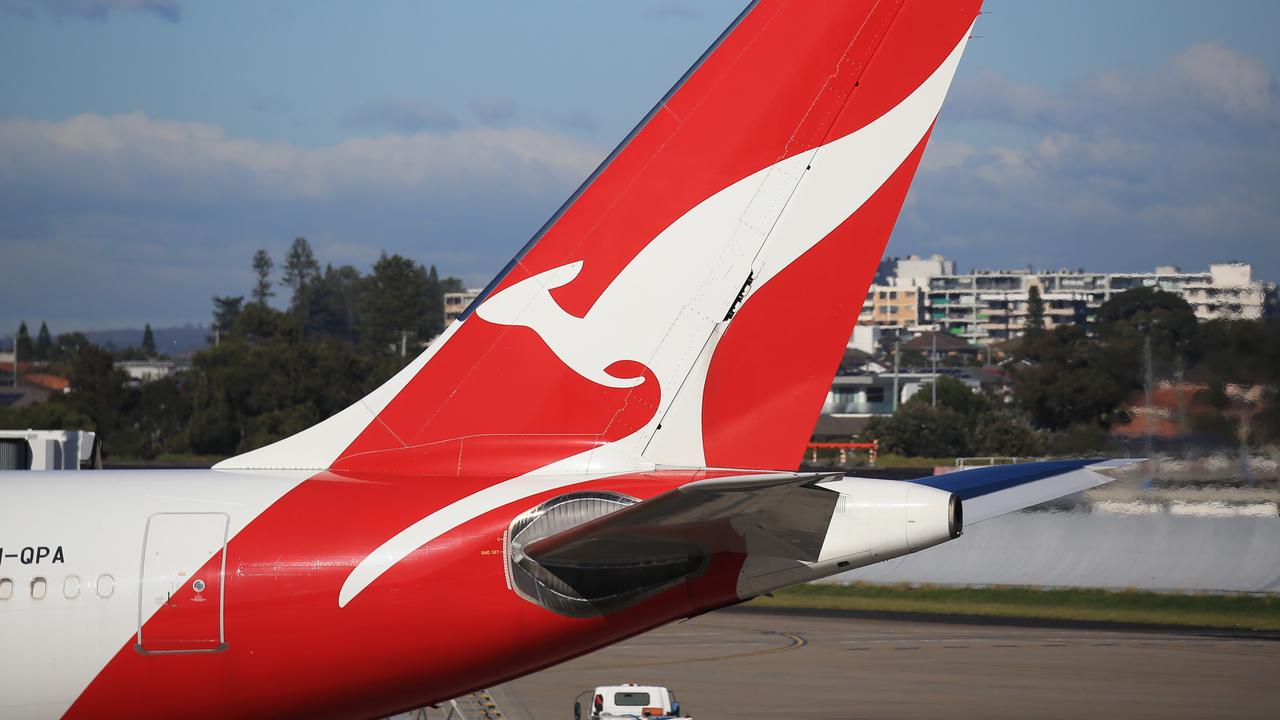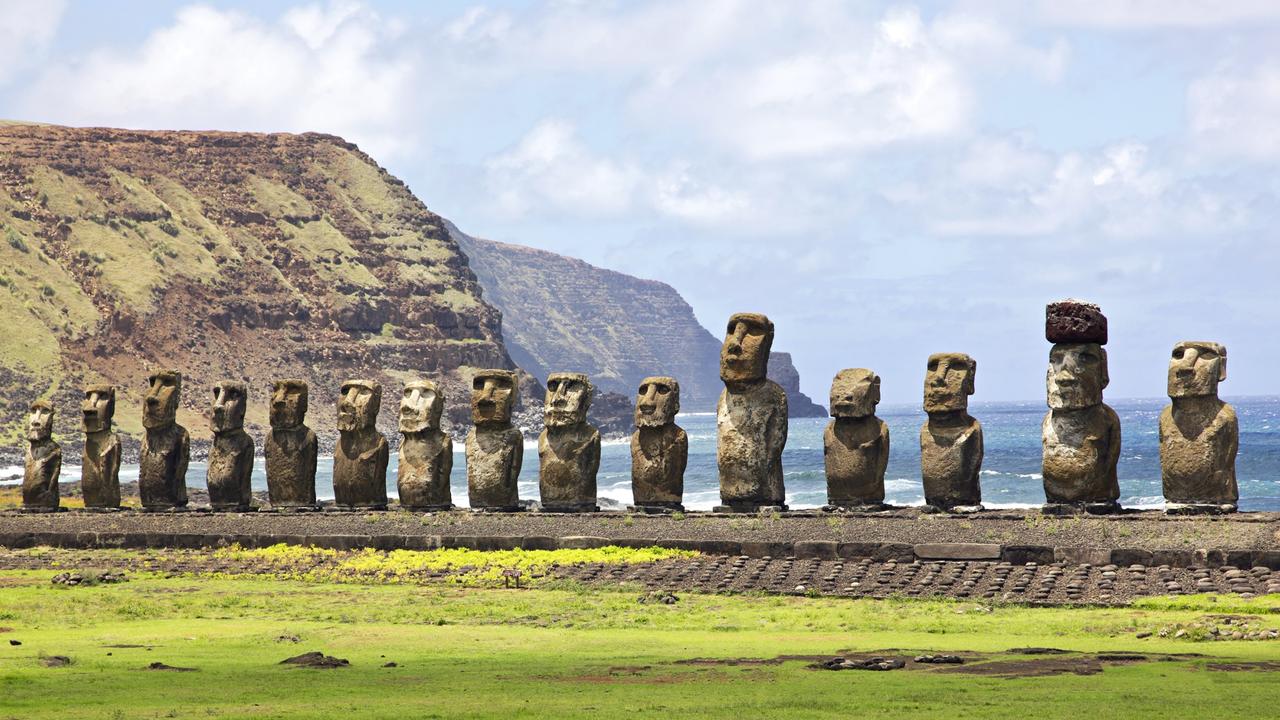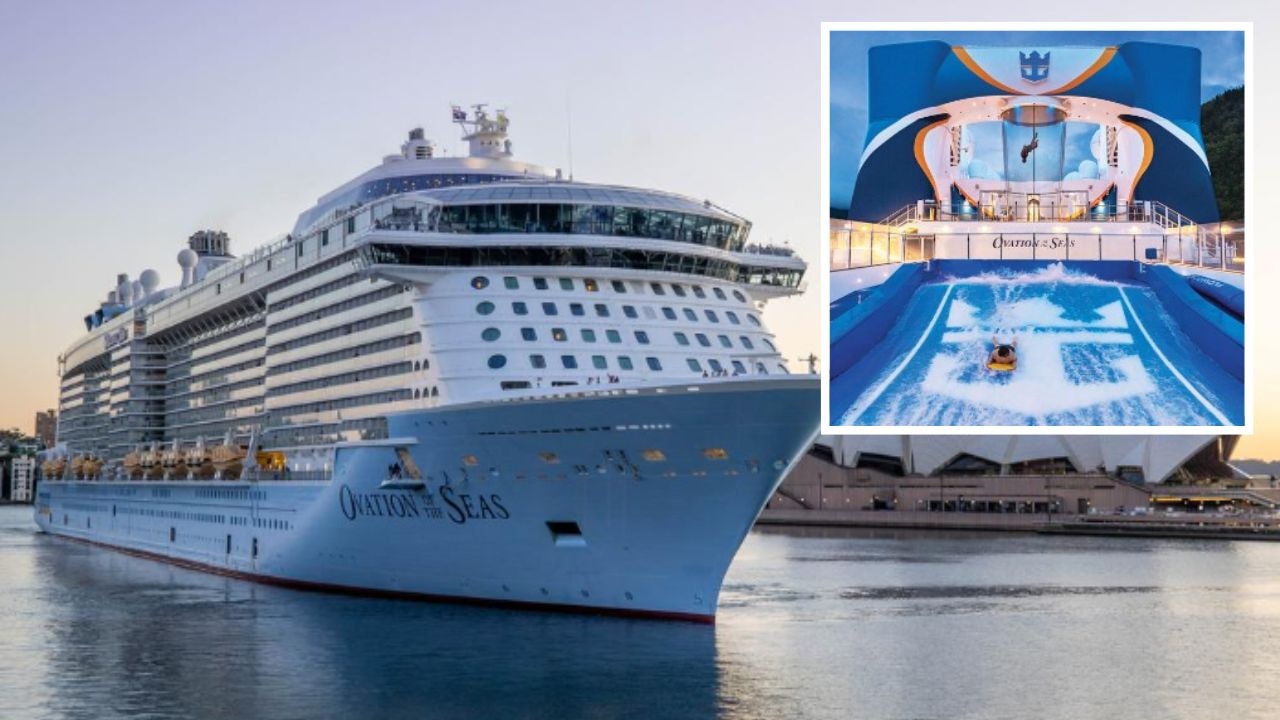Pilot tells about those mysterious mile-high markings
EVER watched a plane fly overhead only to leave white markings in the sky? You’ve just spotted a “vortice”, a pilot explains.

HAVE you ever watched a plane soar past in the sky, only to leave trails of white behind?
You’ve just spotted a “vortice”. Patrick Smith, airline pilot and author of the book Cockpit Confidential and the website askthepilot.com explains what causes this powerful phenomenon.
First of all, those white lines you see coming from planes aren’t fuel.
Airlines will sooner throw sacks of hundred dollar overboard before they spit away fuel for no good reason. Most larger jets do have fuel-jettison capability, but that’s not what you’re seeing. What you’re seeing is acutally water vapour.
At the outermost extremities of the plane’s wings, the higher pressure air beneath is drawn towards the lower pressure air on top. This results in a tight, circular flow that trails behind the aircraft like a pronged pair of sideways tornadoes.
Under the right combination of temperature, pressure and humidity, moisture in the cores of these vortices condense and become visible, writhing behind the plane like grey vaporous snakes.
The vortices are most pronounced when the wing is working the hardest to produce lift. Therefore, prime time for noticing these trails is during approach or departure.
Moisture will condense around other spots too, such as the flap fairings and engine attachment pylons.
You’ll witness what appears to be a stream of white smoke pouring from the top of an engine during takeoff. This is water vapour caused by invisible currents around the pylon.
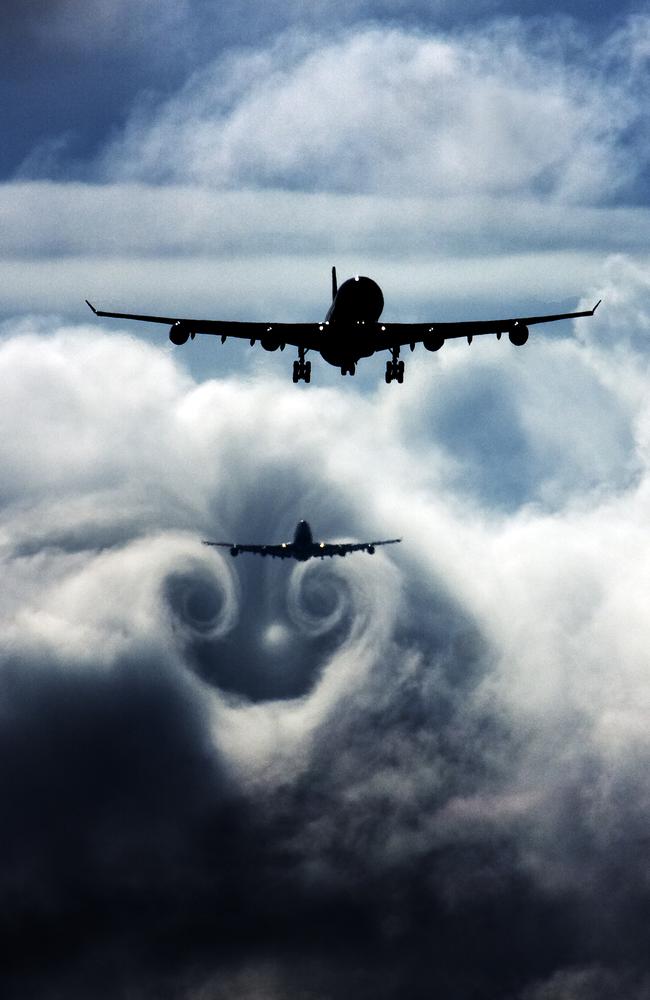
Other times the area just above the surface of the wing will suddenly flash into a white puff of localised cloud. Again, this is condensation brought on by the right combination of moisture, temperature and pressure.
Pilot decodes secret airline speak
Not only can you sometimes see wingtip vortices, but what’s even cooler is that you can often HEAR them from the ground.
You need to be very close to a runway — preferably within a kilometre of the end. The strongest vortices are produced on takeoff, but ideally you want to be on the landing side as the plane will be nearer (i.e. lower) at an equivalent position from the threshold.
A calm day is ideal, as wind will dissipate a vortex before it reaches the ground. About 30 seconds after the jet passes overhead you’ll begin to hear a whooshing, crackling and thundering sound.
It’s a menacing sound unlike anything you’ve heard before. See — or hear — for yourself in this footage captured on my iPhone:
It was taken at the Belle Isle Marsh Reservation, a popular birdwatching spot north of runway 22R at Boston’s Logan International Airport. The plane is a 757. Excuse the atrocious video quality, but the sound is acceptable and that’s the important thing. You begin to hear the vortices at time 0:45, and they continue pretty much to the end. Note the incredible gunshot-like noises at 0:58.
Play it loud!
Patrick Smith is an airline pilot and the host of www.askthepilot.com. His new book, from which the selections above are excerpted, is Cockpit Confidential: Everything You Need to Know About Air Travel is available here.
